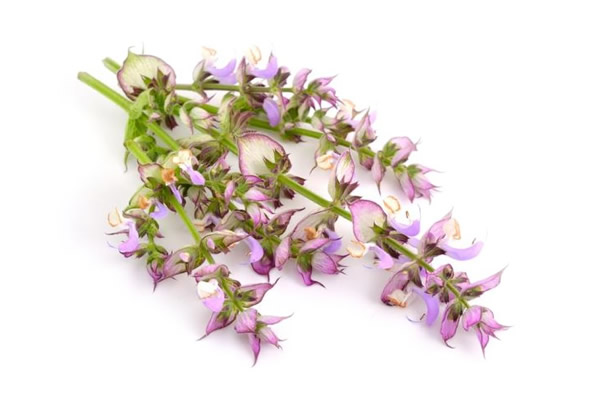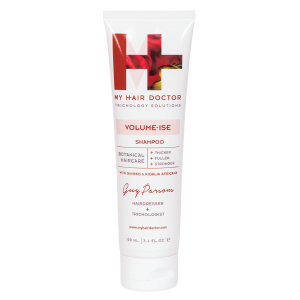Hair Loss Women, Alopecia, Hair Science
TELOGEN EFFLUVIUM
TELOGEN EFFLUVIUM – HAIR LOSS
Telogen effluvium (hair loss) is a condition where more than normal amounts of hair fall out. There is a general ‘thinning’ of the hair. Unlike some other hair and scalp conditions, it is temporary and the hair growth usually recovers.
The normal life cycle of scalp hair
Hair is made in tiny pouches in the skin, called hair follicles. Each scalp hair has a normal life cycle. Most scalp hairs last about three years and grow about 1 cm a month. After a period of time (about three years), each hair on the scalp comes to the end of its life and falls out. The hair follicle rests for a short while. It then starts to make a new hair.

All the hairs on the scalp are at different stages in their life cycle. At any one time about 1 in 100 scalp hairs are at the end of their life ready to fall out. This is why you will commonly find a few hairs on your shoulders and some hairs fall out each time you wash your hair.
What are the symptoms of telogen effluvium?
 If you have telogen effluvium (hair loss), a lot of hairs fall out from your scalp. This is more than normal and most noticeable when you wash your hair. However, your scalp and the remaining hair look healthy. You will not have patches of hair loss (bald patches) but rather a generalised thinning.
If you have telogen effluvium (hair loss), a lot of hairs fall out from your scalp. This is more than normal and most noticeable when you wash your hair. However, your scalp and the remaining hair look healthy. You will not have patches of hair loss (bald patches) but rather a generalised thinning.
Who develops telogen effluvium?
Telogen effluvium usually occurs about 1-3 months after a major stress to the body. The most common time it occurs is in women about 1-3 months after childbirth. Other times include 1-3 months after a major operation, accident, or illness.
Why does telogen effluvium occur?
A major stressful event such as childbirth or major surgery can interrupt and stop the growth of some hairs. It tends to affect older hairs which are brought to an end of their life cycle earlier than the usual three years or so. Many more hairs than usual are then ready to fall out. It takes 1-3 months for the affected hairs to fall out after their growth has stopped. After a short time, new hairs then grow from the hair follicles as usual. A normal pattern and thickness of hair returns within a few months once these new hairs are established. However, persistent excess hair shedding may be caused by iron deficiency or an underactive thyroid gland. Your doctor may do a blood test to check for these if you have any other symptoms of these conditions. What is the treatment for telogen effluvium? How TE is treated depends on what has activated it. For short-term TE that can be linked to a trigger like surgery, the best response is to sit tight and wait for the follicles to recover of their own accord.
For persistent TE, if the causal factor can be isolated, then the best method is to remove it. For example, if stress is the problem, stress reduction is the long-term answer. If a dietary deficiency appears on a blood test, then supplements can work. A deficiency in thyroid hormones can be treated with hormone supplements. However, often a specific causal factor cannot be identified. If this is the case, there are few treatment options. Most dermatologists resort to prescribing minoxidil, a direct hair growth stimulator. Minoxidil can work well for some individuals with TE, but if the underlying cause is still present, then minoxidil must be continued to block redevelopment of TE. With removal of the trigger, minoxidil use can be stopped. Before leaving the subject of TE, here are a few words about natural hair shedding. Everyone sheds hair and you may see more hair shed at certain times of the year. Studies show that humans, at least in Northern Europe away from the equator, shed more hair in the fall and to a lesser extent in the spring. This temporary increase in the number of telogen hair follicles and shed hair is probably due to changes in hormones in response to changes in daylight exposure. Studies in mink and other mammals show that daylight exposure significantly alters prolactin levels and that prolactin has a significant effect on molting. As with mink and other mammals, humans probably have much the same molting response. Such hair loss should be temporary. Please see my factsheet on iron defiency.
Volume-ise / Hairfood Active Botanicals


GINGKO
Working with Kigalia and Clary as an original blend of 3 plants acting synergistically and allowing scalp toning and limiting hair loss. They act on factors avoiding hair loss including 5-alpha-reductase inhibition, scalp microcirculation improvement and to decrease inflammation contributing to Seborrhoea (oiliness) which can block scalp follicles inhibiting growth.


KIGALIA AFRICANA
Working with Gingko and Clary as an original blend of 3 plants acting synergistically and allowing scalp toning and limiting hair loss . They act on factors avoiding hair loss including 5-alpha-reductase inhibition, scalp microcirculation improvement and to decrease inflammation contributing to Seborrhoea (oiliness) which can block scalp follicles inhibiting growth.


CLARY
Working with Kigalia and Gingko as an original blend of 3 plants acting synergistically and allowing scalp toning and limiting hair-loss. They act on factors avoiding hair loss including 5-alpha-reductase inhibition, scalp microcirculation improvement and to decrease inflammation contributing to Seborrhoea (oiliness) which can block scalp follicles inhibiting growth.










